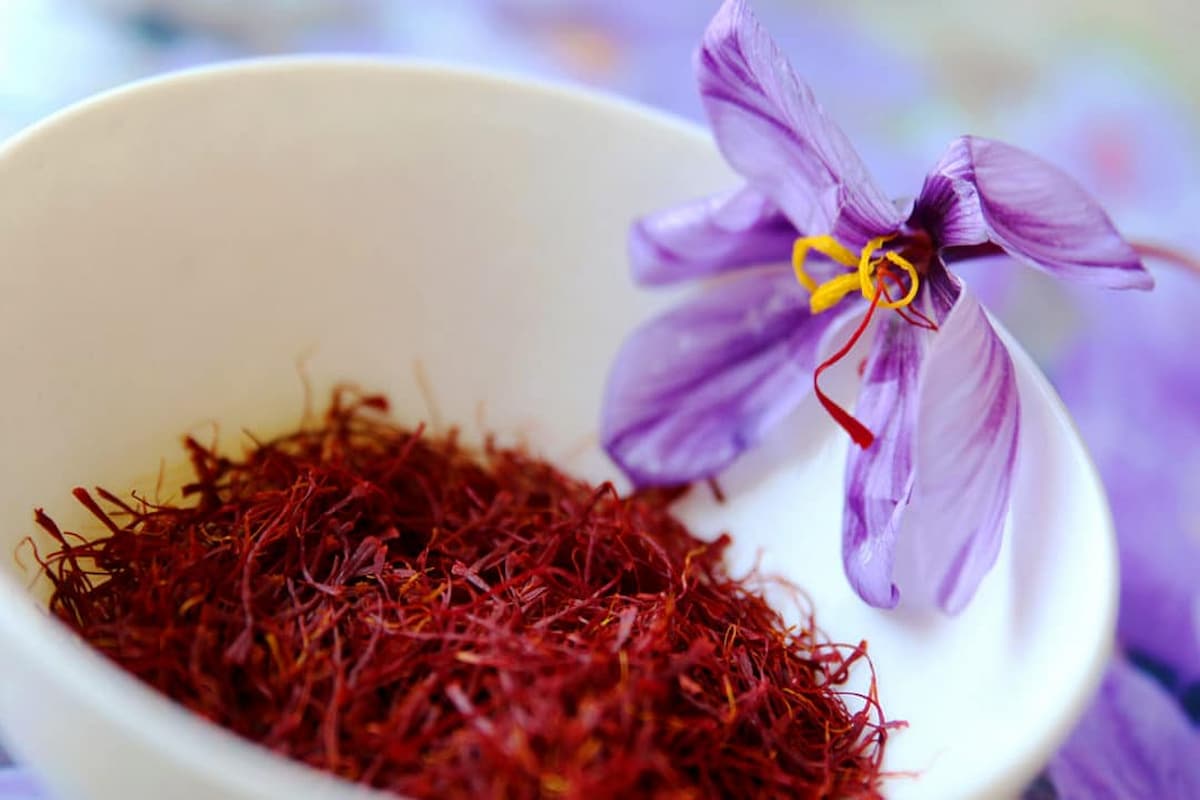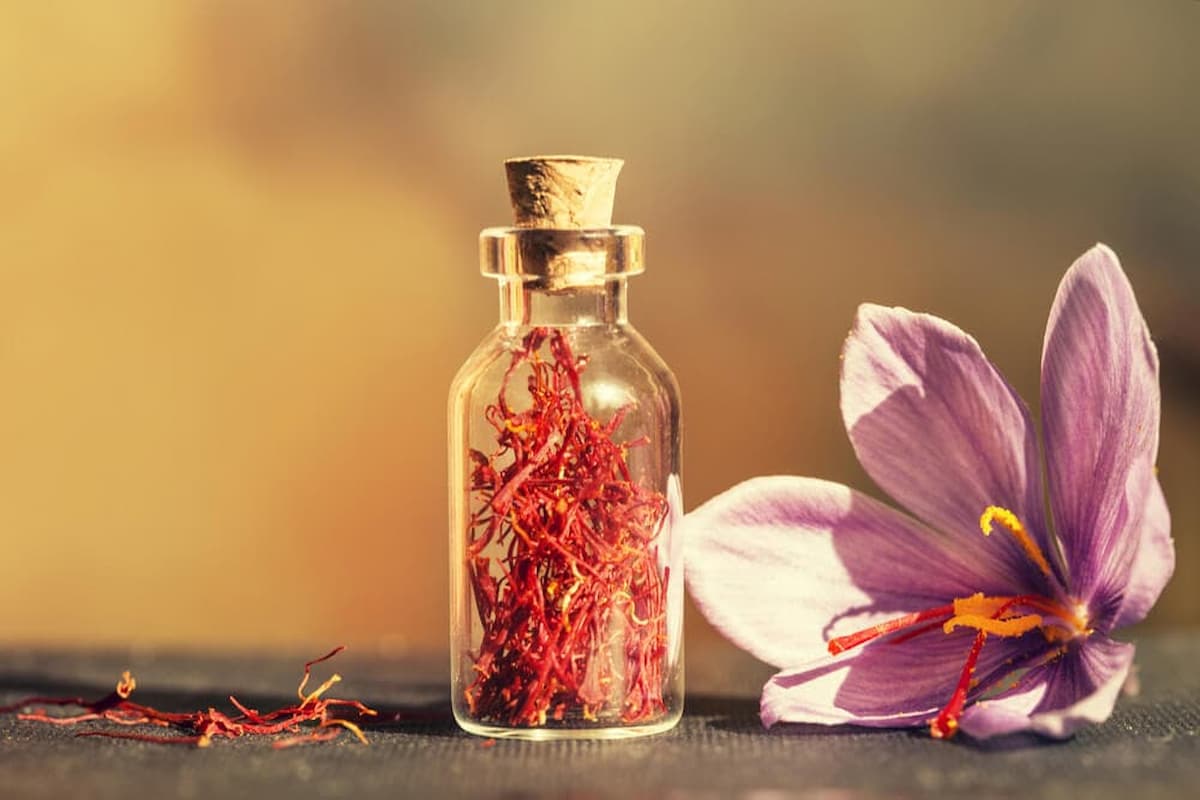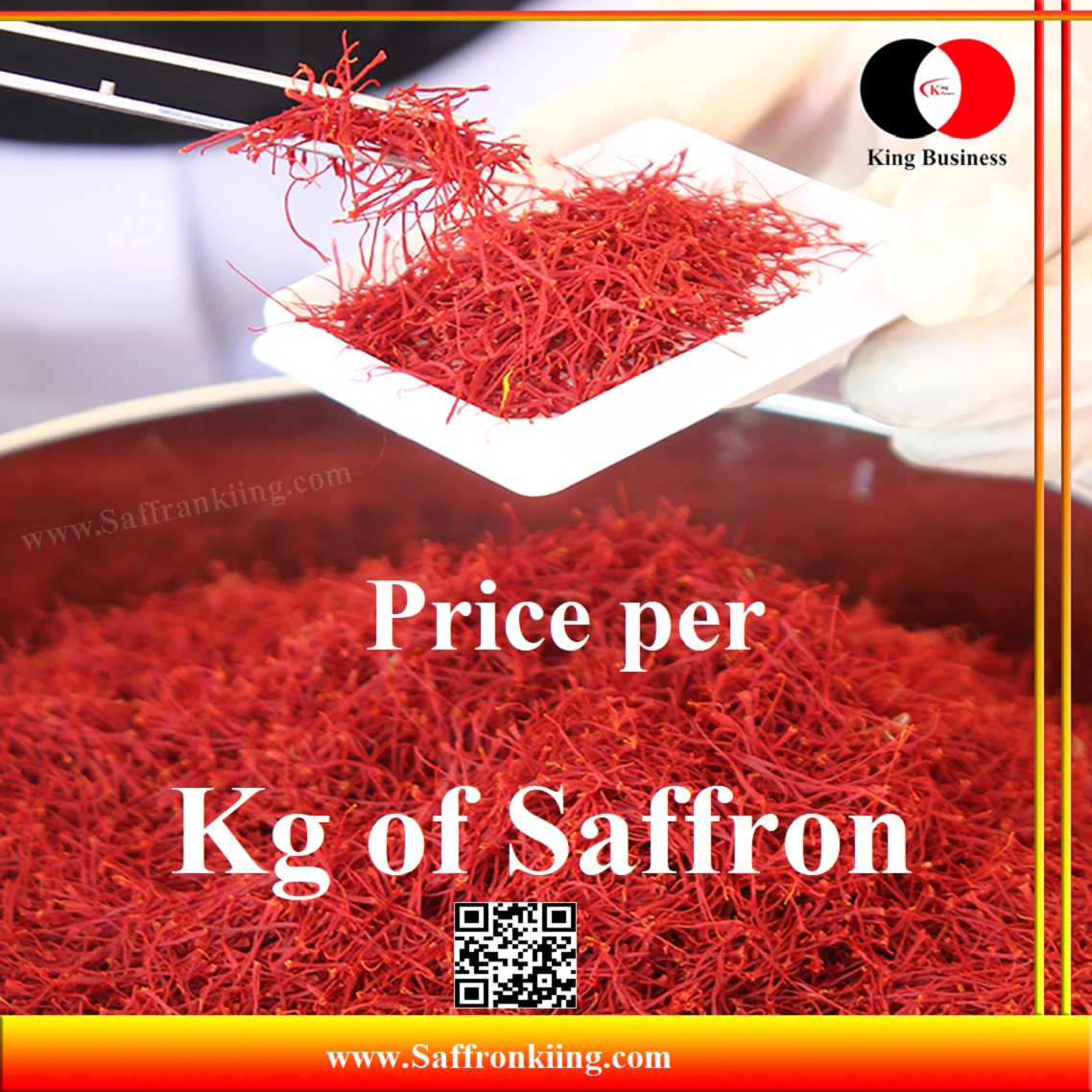Saffron price per pound continues to rise, making it one of the most valuable spices in the world. Known as the "red gold," saffron is a spice derived from the dried stigma of the Crocus sativus flower. Its rich history, labor-intensive harvesting process, and numerous health benefits contribute to its high price. If you're curious about what makes saffron so expensive, this article will provide all the answers.
Saffron is not just a spice but a symbol of luxury, culture, and tradition. Its use dates back thousands of years, and it has been revered in various civilizations for its flavor, aroma, and medicinal properties. Understanding the factors that influence saffron price per pound can help consumers make informed decisions when purchasing this precious spice.
This article will delve into the reasons behind saffron's high cost, explore its cultivation and harvesting process, and provide insights into the global market. Whether you're a culinary enthusiast, health-conscious individual, or simply curious about this exotic spice, you'll find valuable information here.
Read also:Affordable Housing In Queens A Comprehensive Guide To Accessible Living
Table of Contents
- Introduction to Saffron
- Saffron Price Analysis
- Saffron Cultivation and Harvesting
- Factors Affecting Saffron Quality
- Global Market Trends
- Health Benefits of Saffron
- Substitute Options
- Tips for Buying Saffron
- Sustainable Saffron Production
- Conclusion
Introduction to Saffron
Saffron, often referred to as the "red gold," is a spice that has captivated civilizations for centuries. It is derived from the dried stigma of the Crocus sativus flower, which is native to Southwest Asia. The spice is renowned for its vibrant color, distinct aroma, and potent flavor. Its versatility makes it a popular ingredient in various cuisines worldwide.
Why is Saffron So Expensive?
The primary reason saffron price per pound is so high lies in its labor-intensive cultivation process. Each flower produces only three stigmas, and these must be harvested by hand. Additionally, it takes approximately 75,000 flowers to produce just one pound of saffron. The time-consuming and meticulous nature of saffron harvesting contributes significantly to its cost.
Saffron's Historical Significance
Saffron's history dates back over 3,500 years, with evidence of its use in ancient Greece, Egypt, and Persia. It was used not only as a spice but also as a dye, perfume, and medicinal remedy. Saffron's association with royalty and wealth further solidified its status as a luxury item. Today, its historical significance continues to influence its value and demand.
Saffron Price Analysis
Saffron price per pound varies depending on several factors, including quality, origin, and market conditions. On average, high-quality saffron can cost anywhere from $5,000 to $10,000 per pound. However, prices can fluctuate based on supply and demand dynamics.
Factors Influencing Saffron Prices
- Quality: Higher-quality saffron, characterized by deep red strands and intense flavor, commands a premium price.
- Origin: Saffron from regions like Iran, Spain, and India often fetches higher prices due to their reputation for producing premium-quality spice.
- Market Demand: Increased global demand, especially in culinary and health sectors, can drive prices upward.
- Currency Fluctuations: Exchange rates between producing and consuming countries can impact saffron prices.
Saffron Cultivation and Harvesting
Saffron cultivation is a delicate process that requires specific climatic conditions and meticulous care. The Crocus sativus flower thrives in regions with hot, dry summers and cold winters. Countries like Iran, Spain, and India are the leading producers of saffron, thanks to their favorable climates.
The Harvesting Process
Harvesting saffron is a labor-intensive task that involves picking the flowers by hand early in the morning to preserve their delicate stigmas. Once harvested, the stigmas are carefully removed and dried to prevent spoilage. This meticulous process ensures the preservation of saffron's flavor, aroma, and color.
Read also:Conchita Alonso The Iconic Journey Of A Multifaceted Star
Factors Affecting Saffron Quality
Several factors determine the quality of saffron, influencing its price and usability. These include the length and color of the stigmas, moisture content, and aroma intensity.
Grading System
Saffron is graded based on international standards, with the highest quality being "Coupe" or "Negin." These grades are characterized by long, deep red strands and minimal yellow styles. Lower grades, such as "Bunch" or "Pushal," contain more yellow styles and are less desirable.
Global Market Trends
The global saffron market is experiencing steady growth, driven by increasing demand in the culinary, pharmaceutical, and cosmetic industries. According to a report by Mordor Intelligence, the saffron market is projected to grow at a CAGR of 6.5% from 2021 to 2026.
Key Players in the Market
Iran dominates the global saffron market, accounting for over 90% of the world's production. Other significant producers include Spain, India, and Greece. These countries invest heavily in research and development to improve cultivation techniques and enhance quality.
Health Benefits of Saffron
Beyond its culinary uses, saffron is renowned for its numerous health benefits. It is rich in antioxidants, anti-inflammatory compounds, and mood-enhancing properties. Saffron has been traditionally used in Ayurvedic and Persian medicine to treat various ailments.
Modern Research
Recent studies have highlighted saffron's potential in combating depression, improving cognitive function, and reducing inflammation. Its active compounds, crocin and safranal, have shown promising results in clinical trials. As awareness of these benefits grows, demand for saffron in the health sector is expected to increase.
Substitute Options
Given its high cost, many consumers seek affordable substitutes for saffron. While no substitute can replicate its unique flavor and aroma, options like turmeric, annatto, and paprika can provide similar color and taste profiles. However, these substitutes lack saffron's health benefits and depth of flavor.
When to Use Substitutes
Substitutes are suitable for dishes where saffron's distinctive flavor is not critical. For recipes requiring authentic saffron taste, such as paella or biryani, it is best to use the real spice. Understanding when and where to use substitutes can help manage costs without compromising quality.
Tips for Buying Saffron
Purchasing saffron can be daunting due to its high price and numerous counterfeit products. Here are some tips to ensure you get the best quality saffron:
- Buy from Reputable Sources: Choose trusted retailers or brands known for selling authentic saffron.
- Check for Certifications: Look for ISO or ICS certifications that guarantee the quality and origin of the saffron.
- Inspect the Color and Smell: High-quality saffron should have deep red strands and a strong, pleasant aroma.
- Buy in Small Quantities: Saffron has a long shelf life, so it's better to buy small amounts to ensure freshness.
Sustainable Saffron Production
As global demand for saffron increases, sustainable production practices are becoming increasingly important. Farmers are adopting eco-friendly methods to reduce the environmental impact of saffron cultivation. These include using organic fertilizers, conserving water, and promoting biodiversity.
Challenges and Opportunities
Sustainable saffron production faces challenges such as climate change, labor shortages, and market volatility. However, opportunities exist in the form of technological advancements and consumer demand for ethically sourced products. By addressing these challenges, the saffron industry can ensure its long-term viability.
Conclusion
Saffron price per pound reflects the spice's labor-intensive production process, rich history, and numerous health benefits. Understanding the factors influencing its cost and quality can help consumers make informed decisions when purchasing this luxurious spice. Whether used in cooking, medicine, or cosmetics, saffron continues to captivate people worldwide.
We invite you to share your thoughts and experiences with saffron in the comments below. For more insights into spices and their benefits, explore our other articles. Together, let's celebrate the world of saffron and its enduring legacy!



